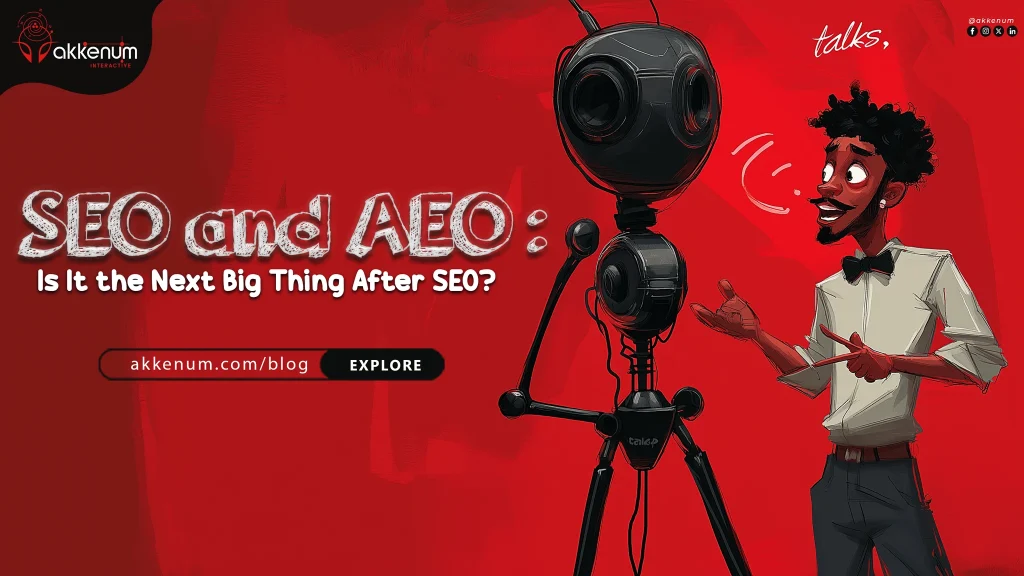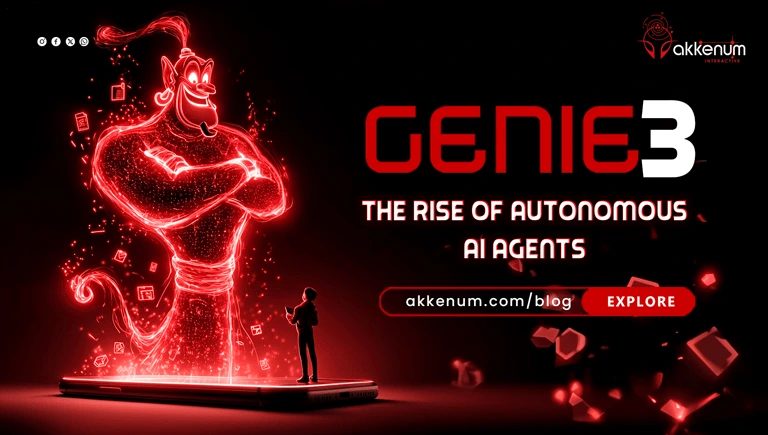
Answer Engine Optimization (AEO) and Search Engine Optimization (SEO): What’s the Difference?
In today’s digital era, businesses must be easily discoverable online. Two essential strategies for achieving this are Search Engine Optimization (SEO) and the emerging Answer Engine Optimization (AEO). While both techniques aim to increase online visibility, they focus on distinct methods and outcomes.
In this blog post, we’ll explore what AEO and SEO are, their differences, and why both are crucial for modern digital marketing.
What is Search Engine Optimization (SEO)?
SEO refers to the practice of optimizing your website and content so that it ranks higher in *Search Engine Results Pages (SERPs). The primary goal of SEO is to *drive organic traffic by targeting specific keywords and ensuring your content is discoverable by search engines like Google, Bing, or Yahoo.
Key SEO Strategies:
- On-Page SEO: Optimizing titles, meta descriptions, headings, keywords, and high-quality content.
- Off-Page SEO: Building backlinks, social signals, and brand mentions.
- Technical SEO: Improving site speed, mobile responsiveness, security (HTTPS), and structured data.
- Content Optimization: Creating relevant and valuable content that answers users’ questions.
What is Answer Engine Optimization (AEO)?
AEO takes SEO a step further by focusing on *direct answers to users’ questions. AEO aims to optimize content for **Answer Engines, like **Google’s Featured Snippets, *voice assistants (Siri, Alexa, Google Assistant), and platforms like Quora.
In essence, AEO is about being the “answer” users get when they search a question.
Why is AEO Important?
- With the rise of voice search and AI-powered engines, users expect quick, clear answers.
- Google’s Knowledge Graph and Featured Snippets prioritize concise and accurate answers.
- Users prefer zero-click searches, where answers appear directly at the top of SERPs.
SEO vs AEO: Key Differences
| Aspect | SEO | AEO |
|---|---|---|
| Goal | Higher search rankings to drive traffic. | Providing direct, concise answers. |
| Focus | Keywords, links, and website optimization. | Clear and structured answers. |
| Tools | SERP rankings, Google Analytics. | Voice search, Featured Snippets, AI tools. |
| Search Behavior | Text-based search queries. | Voice search and question-based queries. |
How to Optimize for Both AEO and SEO?
- Target Long-Tail Keywords
Focus on keywords framed as questions (e.g., “What is SEO?” or “How does AEO work?”). - Structure Your Content Clearly
- Use headings (H1, H2, H3) for clarity.
- Add bullet points, tables, and numbered lists for easier scannability.
- Optimize for Featured Snippets
Provide direct answers to common queries in *paragraphs, **lists, or *tables. - Implement Schema Markup
Structured data helps search engines understand your content, increasing the chances of appearing in rich results. - Mobile and Voice Optimization
- Ensure content loads quickly on mobile devices.
- Optimize content for voice assistants by using natural language.
Why You Should Care About Both
While SEO is critical for improving your website’s ranking and attracting organic traffic, AEO ensures you stay visible in a world dominated by voice searches and AI answers. Together, they work hand-in-hand to position your content as authoritative, relevant, and easily discoverable.
By balancing both strategies, businesses can:
- Rank higher on search engines
- Appear in voice searches
- Provide quick answers to users’ queries
Conclusion
The evolution of search behavior demands a shift in strategy. While SEO remains essential, Answer Engine Optimization (AEO) is becoming indispensable for businesses looking to capture the growing demand for instant, question-based answers.
By optimizing your content for both SEO and AEO, you’ll ensure your brand stays ahead of the competition and reaches audiences across multiple platforms—whether they’re typing, speaking, or asking AI-powered engines.
-Shenugayana-



